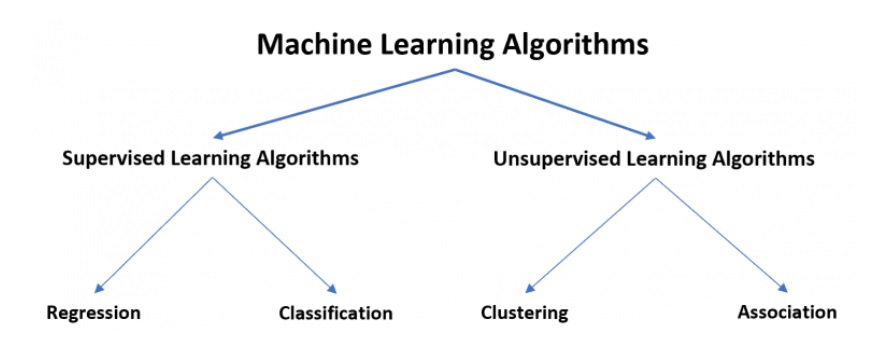Pattern mining analysis in R is an essential technique for uncovering relationships and patterns in large datasets.
It is a type of data mining that looks for patterns and connections within data sets to identify associations and relationships of association rules.
Pattern mining analysis is often used in market basket analysis, where it is used to identify the relationships between products that are frequently purchased together.
In this article, we will discuss pattern mining analysis in R and provide examples for practical applications.
What is Pattern Mining Analysis?
Pattern mining analysis is a data mining technique that extracts relationships or patterns from large datasets.
This technique is widely used in a variety of fields, including marketing, healthcare, finance, and e-commerce.
Pattern mining analysis helps to identify hidden patterns and correlations within a dataset, which can be used to make better business decisions.
Pattern mining analysis is based on the principle that certain patterns of behavior recur frequently in data sets.
By identifying these patterns, companies can improve their decision-making processes, create more effective marketing strategies, and optimize their business operations.
One of the most common application areas for pattern mining analysis is market basket analysis.
In market basket analysis, the technique is used to reveal relationships between items that are frequently purchased together.
This helps retailers to optimize their product offerings and layout, and to create targeted promotional campaigns.
Bias Variance Tradeoff Machine Learning Tutorial »
How Pattern Mining Analysis Works
Pattern mining analysis works by identifying patterns in data sets. The process involves three stages:
1. Data Preparation: Data is collected and preprocessed to prepare it for pattern mining analysis. Cleaning the data is essential for ensuring its accuracy and validity.
2. Pattern Identification: Using various data mining algorithms, the data is analyzed to identify patterns, relationships, and trends. The results are represented as association rules between items or sequences of events.
3. Pattern Evaluation: The identified patterns are evaluated for their usefulness and relevance in a specific context.
This evaluation helps decision-makers to identify patterns that can be used to make informed business decisions.
Example of Pattern Mining Analysis in R
To understand pattern mining analysis in R, let’s explore a practical example. Suppose we have a dataset representing the transactions of a supermarket.
The dataset contains information about the transactions, such as the customer ID and the set of items purchased by the customer in each transaction.
The dataset has the following structure:
Customer_ID Items 1 Coffee, Milk, Bread 2 Coffee, Tea, Sugar 3 Milk, Bread, Sugar 4 Coffee, Tea, Milk, Bread, Sugar
Our goal is to perform market basket analysis on this dataset to identify the relationships between items purchased by customers.
Using R, we can use the Apriori algorithm to implement pattern mining analysis on this dataset. The Apriori algorithm is a popular algorithm for performing market basket analysis.
First, we will install and load the arules package in R.
install.packages("arules")
library(arules)
Next, we will convert the dataset into the appropriate format for pattern mining analysis. We will create a data frame with one row per transaction, and one column per item.
The values in the columns will be either 1 or 0, depending on whether the item was purchased in the transaction.
data <- data.frame(matrix(0, nrow=length(unique(df$Customer_ID)), ncol=length(unique(unlist(strsplit(as.character(df$Items), ", ")))) )
colnames(data) <- sort(unique(unlist(strsplit(as.character(df$Items), ", "))))
rownames(data) <- sort(unique(df$Customer_ID))
for (a in unique(df$Customer_ID)) {
t_item <- strsplit(as.character(df[df$Customer_ID==a, "Items"]), ", ")[[1]]
for (b in unique(t_item)) {
data[a, b] <- 1
}}
We can now use the Apriori algorithm to perform market basket analysis on the dataset. We will set the support value to 0.1 and the confidence value to 0.5.
rules <- apriori(data, parameter=list(support=.1, confidence=.5))
The output of the Apriori algorithm is a set of association rules in the form of “If {A} then {B}” such that A and B are sets of items. The support and confidence values are also included for each rule.
We can use the summary function to view the generated rules.
summary(rules)
Using this output, we can identify the most frequently occurring itemsets, the support values, and the associated association rules.
This information can be used to identify cross-selling opportunities and optimize product placement in a supermarket.
Conclusion:
Pattern mining analysis is a vital tool for exploring and identifying hidden relationships and patterns within datasets.
The Apriori algorithm is a reliable and efficient algorithm used for market basket analysis and other pattern mining problems.
R provides powerful libraries for implementing pattern mining analysis techniques on large datasets. By utilizing pattern mining analysis, businesses can make more informed decisions and improve their overall performance.
How to Prepare a Machine Learning Interview? » Data Science Tutorials










